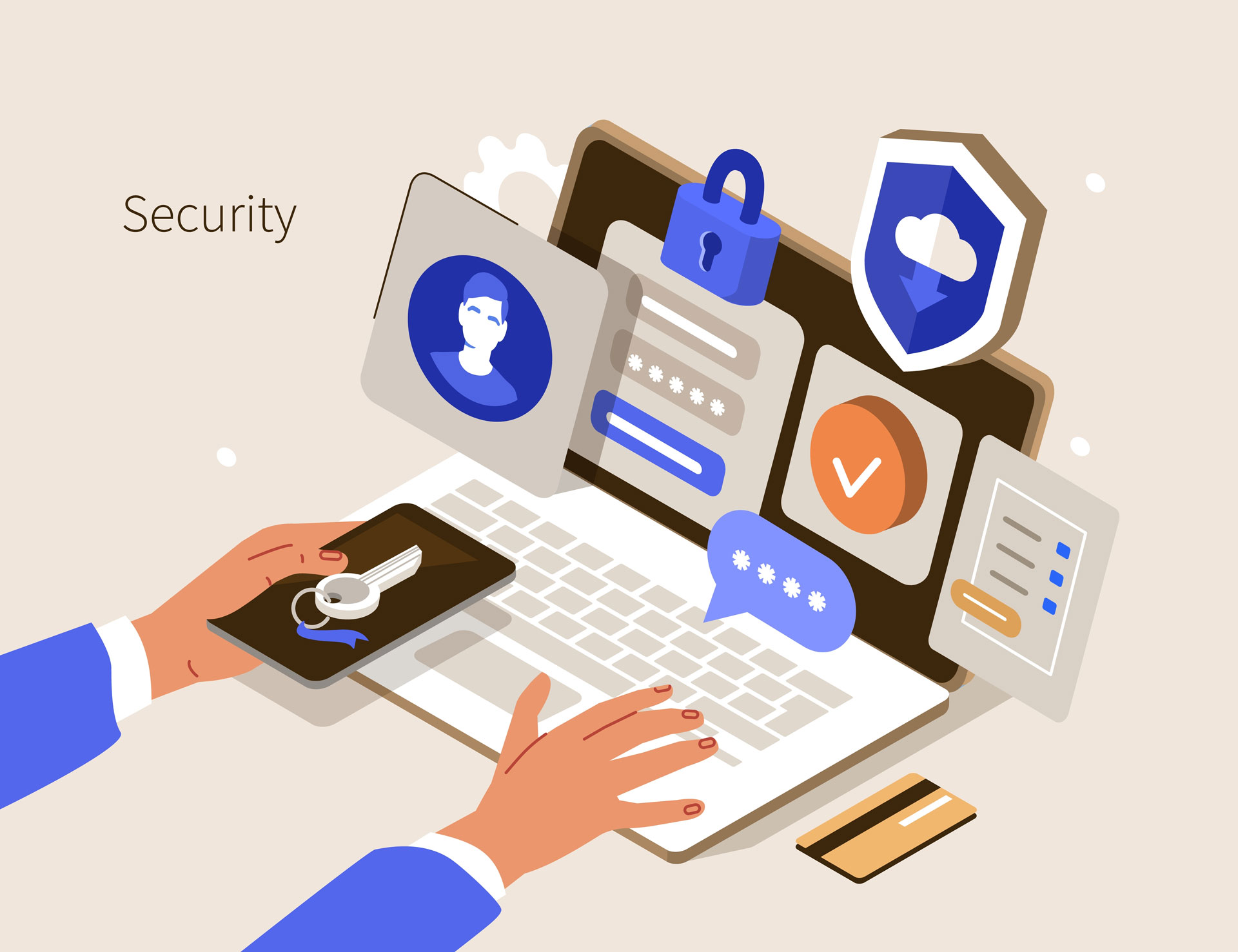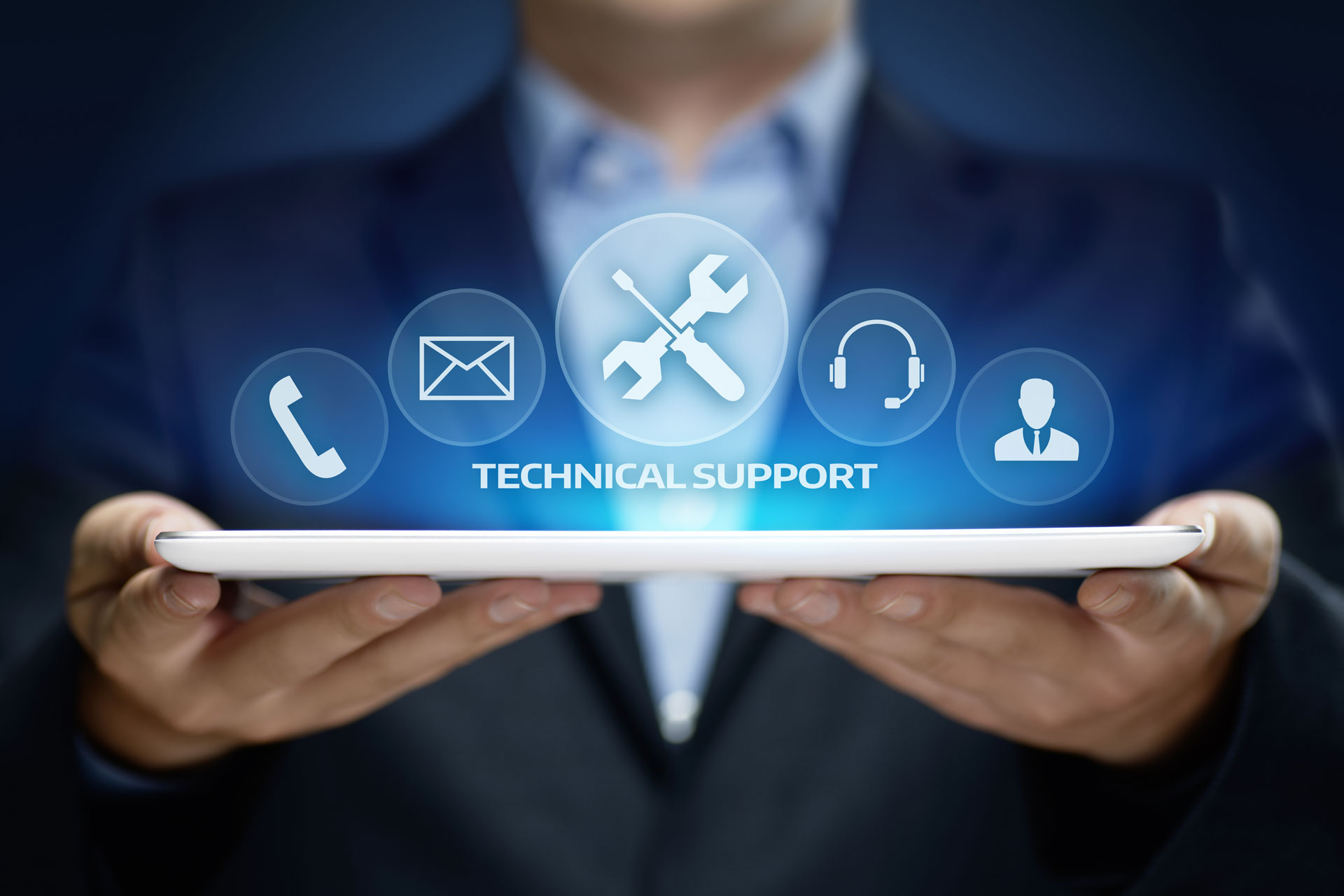In today’s digital business environment, IT services play an essential role in driving day-to-day business operations. IT services for businesses allow organizations to use information technology without managing complexities such as security, scalability, maintenance, and resilience.
So, what IT services are.
IT services refer to providing technology-oriented solutions to businesses according to their needs. It is the application of technical expertise that enables businesses to develop, manage, optimize, and maintain business processes.
High-quality IT services can take care of routine IT maintenance and help you focus on significant tasks that bring value to the business. Depending on the business type of an organization, the IT services can either consist of:
- Internal/in-house IT team
- External IT team—infrastructure outsourcing, business process outsourcing (BPO), applications outsourcing (AO), and so on.






